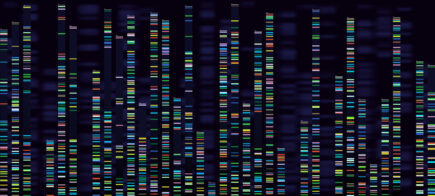Obtain accurate and reliable full length plasmid sequencing with our Next Generation Sequencing service.

Life Sciences
Versatile DNA/siRNA transfection reagent
Versatile
One reagent for DNA and siRNA transfection
Time saving
Easy to use transfection reagent
Gentle on cells
Low cytotoxicity
Cost-effective
Requires less DNA and less reagent for efficient transfection
| Reagent | jetPRIME® |
|---|---|
| Molecule delivered | DNA, siRNA, DNA & siRNA |
| Applications | Plasmid transfection |
| Cell types | Adherent cells |
| Number of transfections | 1.5 ml of jetPRIME® transfection reagent is sufficient to perform up to 1500 transfections in 24-well plates or 375 transfections in 6-well plates |
| Storage | Store jetPRIME® at 5 °C ± 3°C. |
| Provided with | jetPRIME® buffer |
jetPRIME® is a polyvalent transfection reagent that ensures effective and reproducible DNA and siRNA transfection in several adherent cell lines. This versatile reagent is also perfect for co-transfection of DNA and siRNA. Transfection with jetPRIME® requires only low amounts of nucleic acid, hence resulting in very low cytotoxicity.
jetPRIME® is suited for different applications, such as plasmid transfection, gene silencing, co-transfection of different nucleic acids, and CRISPR/Cas9-mediated gene knock-out.
| Reference Number | Amount of reagent | Amount of buffer |
|---|---|---|
| 101000027 | jetPRIME® 0.1 mL | 5 ml |
| 101000015 | jetPRIME® 0.75 mL | 60 ml |
| 101000046 | jetPRIME® 1.5 mL | 2 x 60 ml |
| 101000001 | jetPRIME® 5 x 1.5 mL | 10 x 60 ml |
| 201000003 | - | jetPRIME® buffer 60 ml |
| 114-01 | 0.1 ml | 5 ml |
| 114-07 | 0.75 ml | 60 ml |
| 114-15 | 1.5 ml | 2 x 60 ml |
| 114-75 | 5 x 1.5 ml | 10 x 60 ml |
| 712-60 | x | 60mL |